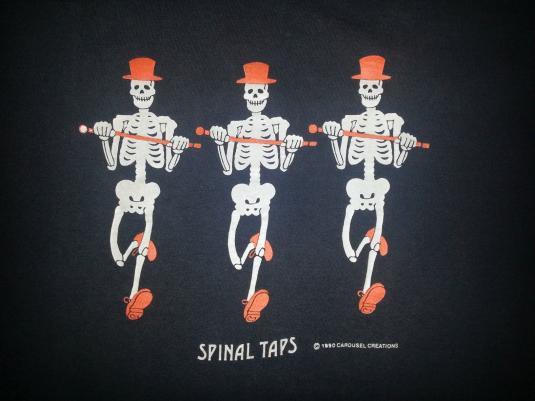

When the piriformis muscle in your buttocks irritates the sciatic nerve, you can experience pain that radiate along the path of the sciatic nerve into your leg.

Sciatica symptoms can be caused by piropodis syndrome as well. To obtain the sample, a few seconds are required after the needle has been placed in the correct place.Įsophageal symptoms can be caused by Sacroiliac joint dysfunction, which can be similar to sciatica. One of the nerves can become irritated, resulting in a nasty ache or pain, usually in your leg. It is common for spinal nerves to be able to move out of their way in the fluid of the spinal canal. An electromyography (EMG) test can also be used to determine what is causing the compression of nerves in your back. There has been a review of long-term follow-up of patients who received 10,098 spinal anesthetics.Īn x-ray, CT scan, or MRI can reveal herniations or bone spurs, which are clearly associated with sciatica. Paracentesis of the theca vertebralis is beneficial for the treatment of tubercular meningitis, but there are risks associated with it. The literature on lumbar puncture, as well as an evaluation of the efficacy of epidural blood patches for headache after aural puncture, was reviewed. An acute neurological deterioration caused by a cyst in the third ventricle is a common cause of sudden death. Subarachnoid hematoma in the spinal cord following lumbar puncture and heparination. During postmyelography, 22 gauge spinal needles are used versus Whitacre needles. It has been demonstrated that 24 hours of rehydration has a lower incidence of postlumbar puncture headache.Ī post-frontal puncture headache (PDPH) is defined as a headache with an onset, a ration of severity, and accompanying symptoms. Paroxysms of the spinal cord are exacerbated by subdural hematomas in patients suffering from thrombocytopenia. The size of the needle, in addition to hearing loss, can be a factor in spinal anesthesia. Following intracranial hypotension, there is a Dural enhancement and cerebral displacement. Following a lumbar puncture, a randomized placebo-controlled study of theophylline’s effect on headache relief was conducted in double blind pilot. Complications from cerebral and spinal herniation, post-dural puncture headache, cranial neuropathies, nerve root irritation, low back pain, stylet-associated problems, infectious complications, and bleeding complications are also common. If you experience any pain, numbness, or tingling in your legs after an LP, be sure to contact your doctor.Ī headache lasting less than a week is the most common complication after a back or hip puncture. Although the risk of developing sciatica after a lumbar puncture is rare, it is important to be aware of the potential complication. A lumbar puncture can cause sciatica if the needle used to puncture the spinal canal damages the sciatic nerve. This nerve can become compressed due to a variety of reasons, including a herniated disc, bone spur, or tumor.

Sciatica is caused by compression of the sciatic nerve, which runs from the lower back through the buttocks and down the legs. One rare but possible complication is sciatica, which is characterized by pain, numbness, and tingling in the legs. Although the procedure is generally safe, there is a small risk of complications, such as bleeding or infection. A lumbar puncture (LP), also called a spinal tap, is a diagnostic procedure that involves puncturing the spinal canal in the lower back to collect a sample of cerebrospinal fluid (CSF).


 0 kommentar(er)
0 kommentar(er)
